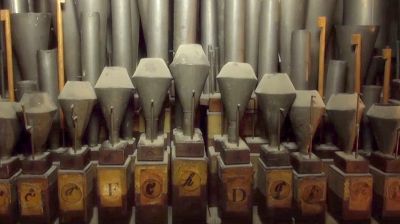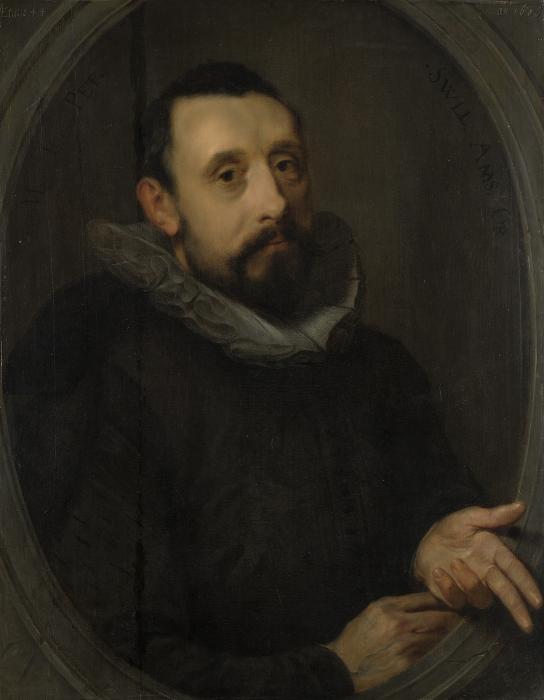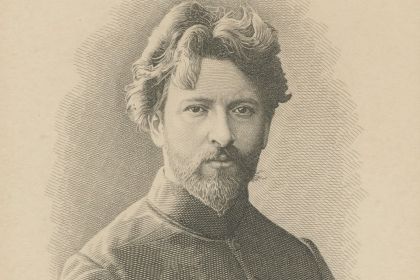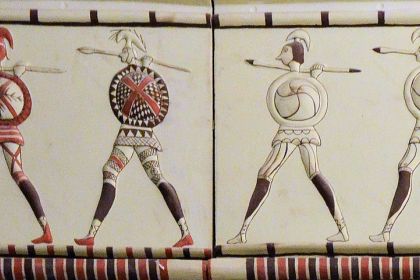PIANO
The Orpheus of Amsterdam: the joyful nickname for organist Jan Pieterszoon Sweelinck

Vox Humana orgel Oude Kerk Amsterdam
The ‘Orpheus of Amsterdam’ was the nickname lovingly given to Jan Pietersz Sweelinck (1562–1621), an organist, composer, and music teacher whose fame reached far beyond the Dutch borders.
As a child, Jan likely had his first musical instruction from his father, who served as organist at Oude Kerk – the most important church in Amsterdam at the time. For some reason, Sweelinck changed his name to a variant of his mother's surname, possibly shortly after his father's death.
Sweelinck succeeded his father as organist of the Oude Kerk around 1580 and remained in this post until his death. His mother died in 1585, leaving the young composer to care for his younger brother and sister, which he ably did.
His work at the church was less a religious one and more a civil appointment since he actually played for the city officials of Amsterdam, not the Calvinists who controlled the church services and forbade music performance during them.
Sweelinck played the organ probably in the morning and evening when he was free of official church service. Hundreds of people came to listen. His salary increased rapidly from 100 guilders a year to 360 guilders – a considerable sum at that time. Moreover, the city council offered the celebrated musician a rent-free residence in Koestraat, where he lived until his death.

Although he composed much sacred and secular vocal music in the polyphonic traditions of France and the Netherlands, Sweelinck was chiefly known as an organist and keyboard composer. His keyboard music includes chorale variations, toccatas, fantasias showing the influence of the Venetian organ school, and variations on secular tunes.
Listen to Sweelinck's Organ Fantasy performed by Glenn Gould on piano:
Some of Sweelinck's innovations were of profound musical importance, including the fugue: he was the first to write an organ fugue which began in a simple solo voice but successively progressed in complexity, adding texture and layer upon layer, until reaching the final climax and resolution, an idea which was perfected at the end of the Baroque era by J.S. Bach and G.F. Handel.
Watch Leo van Doeselaar plays Sweelinck 's Puer Nobis Nascitur on the Van Hagerbeer organ at the Pieterskerk, Leiden in The Netherlands:
Sweelinck, quite aptly nicknamed 'the maker of organists' by the Germans, was one of the leading teachers in Europe during his time, numbering among his students Peter Hasse, Samuel Scheidt, Jacob Praetorius, not counting many other notables and founders of so-called north German organ school of the 17th сentury that culminated in the music of J.S. Bach.



